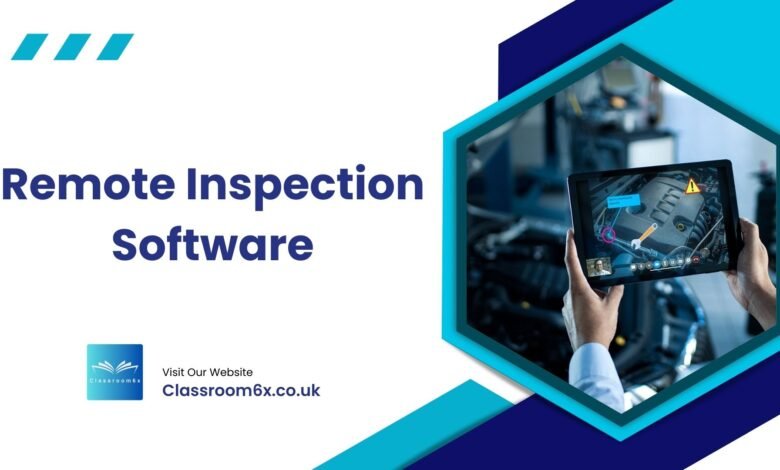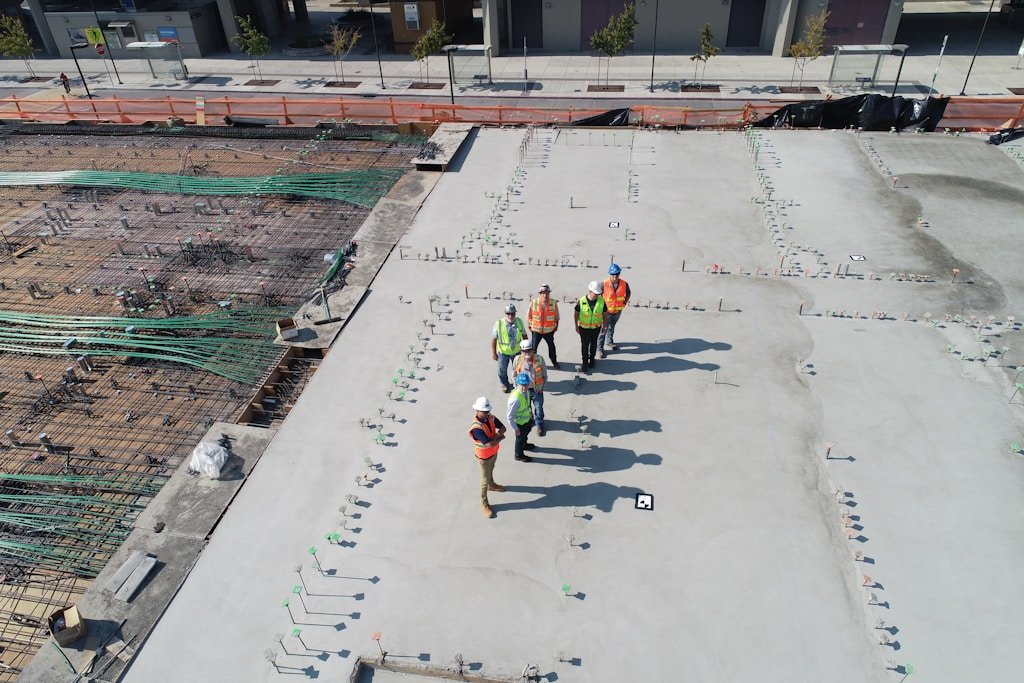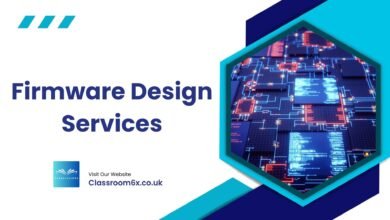Remote Inspection Software: Revolutionizing the Inspection Process

In today’s fast-paced and increasingly digitized world, industries across the globe are turning to technology to streamline their operations and improve efficiency. One such innovation is remote inspection software, a solution that enables companies to conduct inspections from afar without the need for physical presence. Whether in manufacturing, construction, energy, or infrastructure, remote inspection software is transforming the way businesses manage safety, compliance, and maintenance by leveraging advanced digital tools to enhance accuracy and reduce operational costs.
What Is Remote Inspection Software?

Remote inspection software is a digital platform that allows inspectors and technicians to assess the condition, safety, and compliance of equipment, infrastructure, or work sites from remote locations. This software typically integrates video conferencing, augmented reality (AR), real-time data analytics, and cloud storage, enabling teams to conduct thorough inspections without being physically present. By using cameras, drones, or other devices, inspectors can capture high-definition images and videos that are analyzed remotely, making it easier to identify defects, assess damage, or verify that a project meets regulatory standards.
The adoption of remote inspection software has grown significantly in recent years, driven by the need for businesses to remain operational while minimizing travel costs and reducing on-site risks. Moreover, as industries become more globalized, the ability to conduct inspections from anywhere in the world has become a critical advantage, ensuring continuous monitoring and fast decision-making.
Enhancing Efficiency and Reducing Costs
One of the most compelling benefits of remote inspection software is its ability to drastically reduce the time and cost associated with traditional, on-site inspections. In industries such as oil and gas or construction, sending inspectors to distant or hazardous locations can be expensive, time-consuming, and potentially dangerous. Remote inspection software eliminates the need for travel, enabling inspectors to assess conditions and provide feedback from the safety of their offices.
The software also improves efficiency by providing real-time insights and enabling collaboration across teams. With cloud-based platforms, inspection data is instantly accessible to all stakeholders, allowing them to make informed decisions quickly. This not only accelerates the inspection process but also ensures that any issues are addressed promptly, reducing downtime and preventing costly delays.
Moreover, remote inspection software can automate data collection, analysis, and reporting, significantly reducing human error. Digital records of inspections are stored securely in the cloud, ensuring that businesses have a complete history of inspections for future reference or regulatory audits. This level of automation helps companies maintain compliance with industry standards and regulatory requirements with greater ease.
Improving Accuracy and Safety
Remote inspection software enhances the accuracy of inspections by allowing inspectors to capture detailed images and videos using advanced technology such as drones or augmented reality headsets. This level of precision is particularly beneficial for inspecting hard-to-reach areas or hazardous environments where human access may be limited. Drones, for example, can be used to inspect tall structures like wind turbines or bridges, capturing comprehensive data that can be analyzed in real time.
The use of augmented reality (AR) also adds a layer of intelligence to inspections, enabling remote experts to guide on-site personnel through complex procedures by overlaying digital instructions onto the physical environment. This collaboration between on-site staff and remote specialists enhances the accuracy of inspections, ensuring that issues are identified and resolved quickly and effectively.
Furthermore, remote inspection software improves safety by minimizing the need for personnel to enter dangerous environments. In industries where hazardous materials, extreme weather, or difficult terrains are common, the ability to conduct inspections remotely reduces the risk of injury or accidents. By leveraging digital tools, businesses can monitor equipment and facilities more frequently, proactively identifying potential hazards before they become critical.
The Future of Remote Inspection Software
As industries continue to embrace digital transformation, the demand for remote inspection software is expected to grow. Emerging technologies such as artificial intelligence (AI) and machine learning are likely to play a crucial role in the future of inspections, enabling automated defect detection and predictive maintenance. AI-powered algorithms can analyze inspection data in real time, identifying patterns and anomalies that may not be visible to the human eye, further enhancing the accuracy and efficiency of inspections.
Additionally, advancements in 5G technology will improve the reliability and speed of remote inspections, allowing for high-quality, real-time video streaming even in remote locations. This will enable more industries to adopt remote inspection software and integrate it into their daily operations, driving further innovation and improving overall productivity.
In conclusion, remote inspection software is revolutionizing the way businesses conduct inspections, offering a safer, more efficient, and cost-effective alternative to traditional methods. As the technology continues to evolve, it will become an increasingly integral part of operations across a wide range of industries, helping companies stay competitive in a rapidly changing world – https://avatour.com/.














